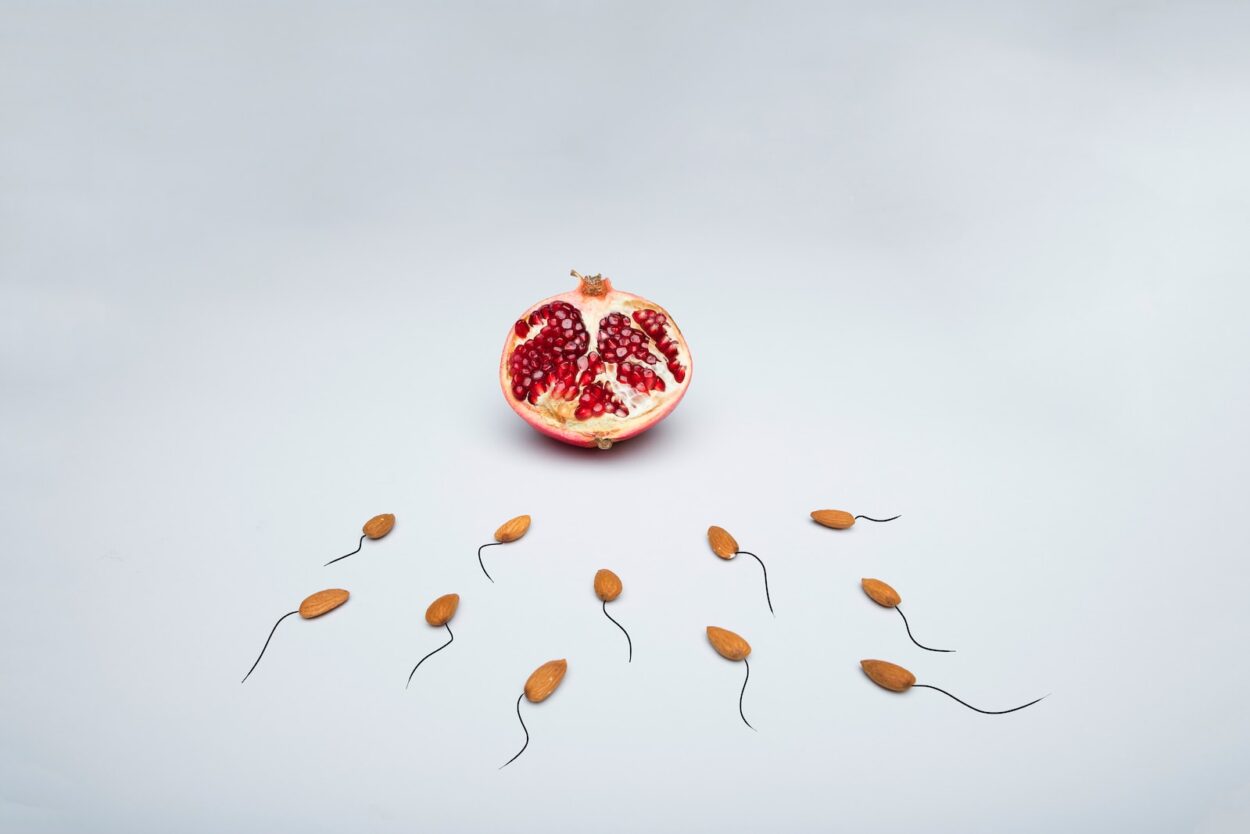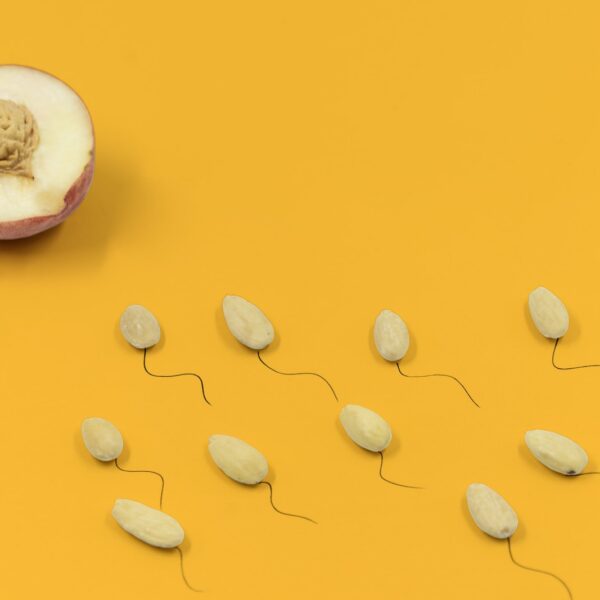A man’s sperm count and morphology are important in his ability to get pregnant. While low sperm morphology can be a barrier, it’s not insurmountable.
Studies have shown that a normal range of sperm morphology (>4%) can be a good predictor of pregnancy success rates in IVF. However, there are many other factors that can impact fertility too.
1. Exercise
Abnormal sperm morphology can lead to fertility issues and reduced chances of conceiving. It can also cause birth defects in the baby if not treated properly. Fortunately, this can be avoided with simple lifestyle changes.
A healthy diet can help improve sperm morphology. Try to avoid foods that are high in fat and sodium. Instead, opt for nutrient-rich foods that are rich in omega-3 fatty acids and protein.
Regular exercise can also improve sperm morphology. Aim for moderate-intensity workouts a few times a week. Swimming, walking, jogging, and aerobics are some great choices. If you are overweight, losing weight can also help improve your sperm morphology.
In addition, try to avoid smoking and drinking alcohol or taking recreational drugs. It is also recommended to limit caffeine intake as it may impact sperm health and fertility.
A sperm test is part of any fertility assessment, and can help determine how well a man’s sperm are functioning. A routine semen analysis can reveal important information, including sperm morphology. Ideally, the test results should indicate that more than 40% of the sperm in a sample are normal in shape and size. A lower percentage indicates a higher risk for fertility problems. However, achieving pregnancy with poor sperm morphology is still possible with fertility treatments.
2. Diet
Men who are more physically active tend to have better sperm morphology and other semen parameters, but diet is also important. For instance, a healthy diet low in trans fats and rich in vegetables, fruits and whole grains can improve sperm morphology. Avoiding fried foods, canned goods, processed meats and other fatty foods is ideal. Getting plenty of antioxidants can help, too. These include lycopene (found in tomatoes), selenium (found in seafood such as oysters and halibut) and zinc (found in beef, poultry and fortified cereals).
Foods rich in vitamin C, such as citrus fruits, peppers and kale, are good for sperm health. Omega-3 fatty acids are also good for sperm, as is dietary fiber. Limiting alcohol, avoiding tobacco and losing excess weight are other lifestyle changes that can help improve sperm morphology.
Abnormal sperm morphology results in fewer sperm that can successfully fertilize an egg. For example, sperm can be abnormally shaped with defects such as a bent tail or a head that’s too small.
Other factors that can affect sperm morphology include the use of prescription and some over-the-counter medications, smoking and drug use, especially cannabis. Heavy metals and certain chemicals used in many occupations can also negatively impact semen quality. Men who work in agriculture, welding and plastic production, for instance, have a higher risk of poor sperm morphology.
3. Supplements
While normal sperm morphology is a necessary part of conception, the fact is that many factors can interfere with the process. It’s a good idea to seek the advice of a fertility specialist for a full workup if you and your partner haven’t succeeded in getting pregnant. In many cases, there are ways to get your sperm morphology back to normal without medications.
Some of the most important things you can do are to exercise regularly and eat a healthy diet. Studies show that the sperm morphology of obese people tends to be worse than that of people of normal weight, but even moderate-intensity workouts three times a week can improve the condition of a man’s sperm. Likewise, avoiding caffeine, alcohol and tobacco can help improve sperm morphology.
In addition, taking a variety of supplements that support fertility may also be helpful. For example, fenugreek, vitamin C, coenzyme Q10, l-carnitine and folic acid have all been shown to be beneficial in improving sperm morphology.
However, the best way to ensure that your sperm morphology is healthy is to do these things from an early age. That way, by the time you’re ready to start a family, your sperm will already be in great shape. And remember that if your sperm morphology is not ideal, there are still other methods of insemination and in vitro fertilization that can increase the chances of pregnancy, including intrauterine insemination (IUI) and in vitro fertilization (IVF). These options are worth considering if you’re serious about having a child.
4. Medications
There are certain medications that may help to improve sperm morphology and boost fertility. These can include a variety of vitamins, supplements, and other medications that can be obtained over-the-counter or with a prescription. It is also important to avoid caffeine, alcohol and tobacco products while trying to conceive. A nutrient-rich diet and regular exercise can also be beneficial for men hoping to conceive.
A sperm that has normal morphology looks healthy under a microscope, and this is one of the main indicators used to determine fertility. A healthy sperm has a smooth, oval head that is 2.5-3.5 micrometers wide. It also has a midpiece that contains mitochondria to power the sperm, and a tail made of protein fibers that helps it move toward an egg. A sperm with abnormal morphology will have a shorter, wider or bent tail or have multiple heads.
Having an abnormal sperm count or a high percentage of abnormal sperm can make it more difficult to get pregnant naturally. However, most experts are adamant that this does not necessarily mean fertilization cannot occur at all. For example, many men have had success using IUI (intrauterine insemination) or IVF, which involves combining sperm cells with eggs outside the body before implanting them into a woman’s uterus. If you are struggling to conceive, talk to your doctor about treatment options to address your sperm morphology or other male fertility issues.




Leave a Comment